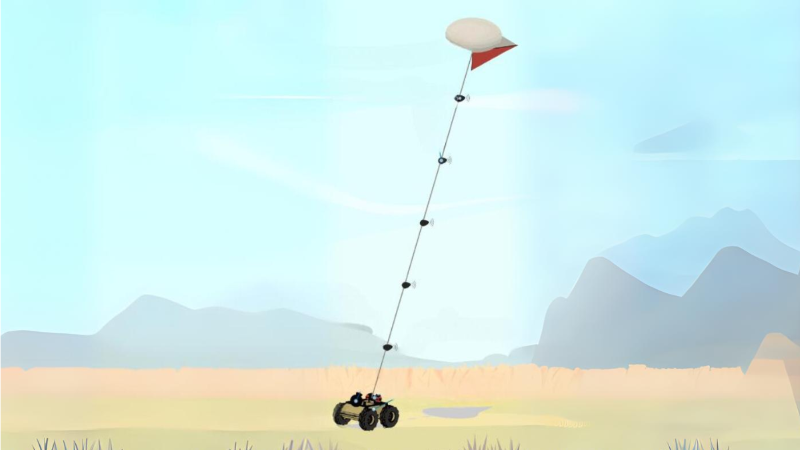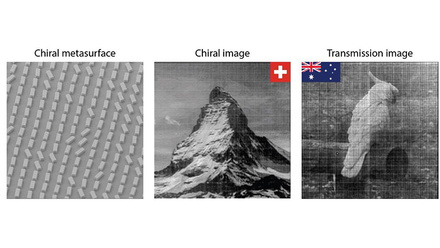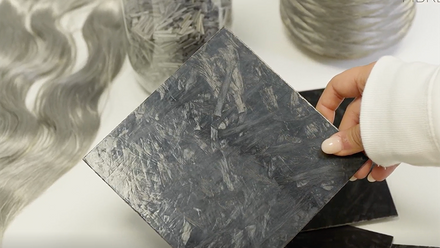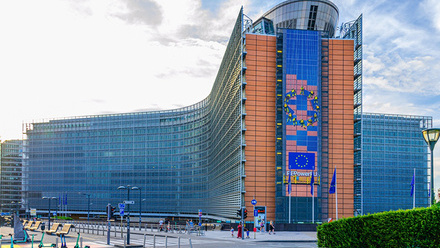Robots flying kites to monitor greenhouse gases
A £620,000 grant will fund devices that can monitor greenhouse gas emissions – and which way the wind is blowing them.

The University of Surrey will build new, lightweight, wireless gas sensors attached to helium kites and flown by an autonomous robot.
Researchers hope the devices will be able to monitor emissions, and counter many of the challenges of quality measurement and short flight times faced by drones.
One of the biggest issues for the UK water sector, according to Dr Bing Guo, Senior Lecturer in Civil and Environmental Engineering at Surrey, is that wastewater treatment systems produce methane and nitrous oxide, with a much greater warming potential than carbon dioxide. 'We don't have an accurate and affordable way to monitor these emissions.'
The team will work with university spin-out company Surrey Sensors Ltd to build the sensors, and Hampshire's Allsopp Helikites Ltd who will provide the helium balloons.
The technology will be tested in a variety of locations – including Thames Water treatment works, the University’s land at Blackwell Farm Guildford, and rice paddies in Spain.
This is one of 13 projects nationwide to be funded by a £12mln investment from UK Research and Innovation's Natural Environment Research Council, Defra and Innovate UK.






